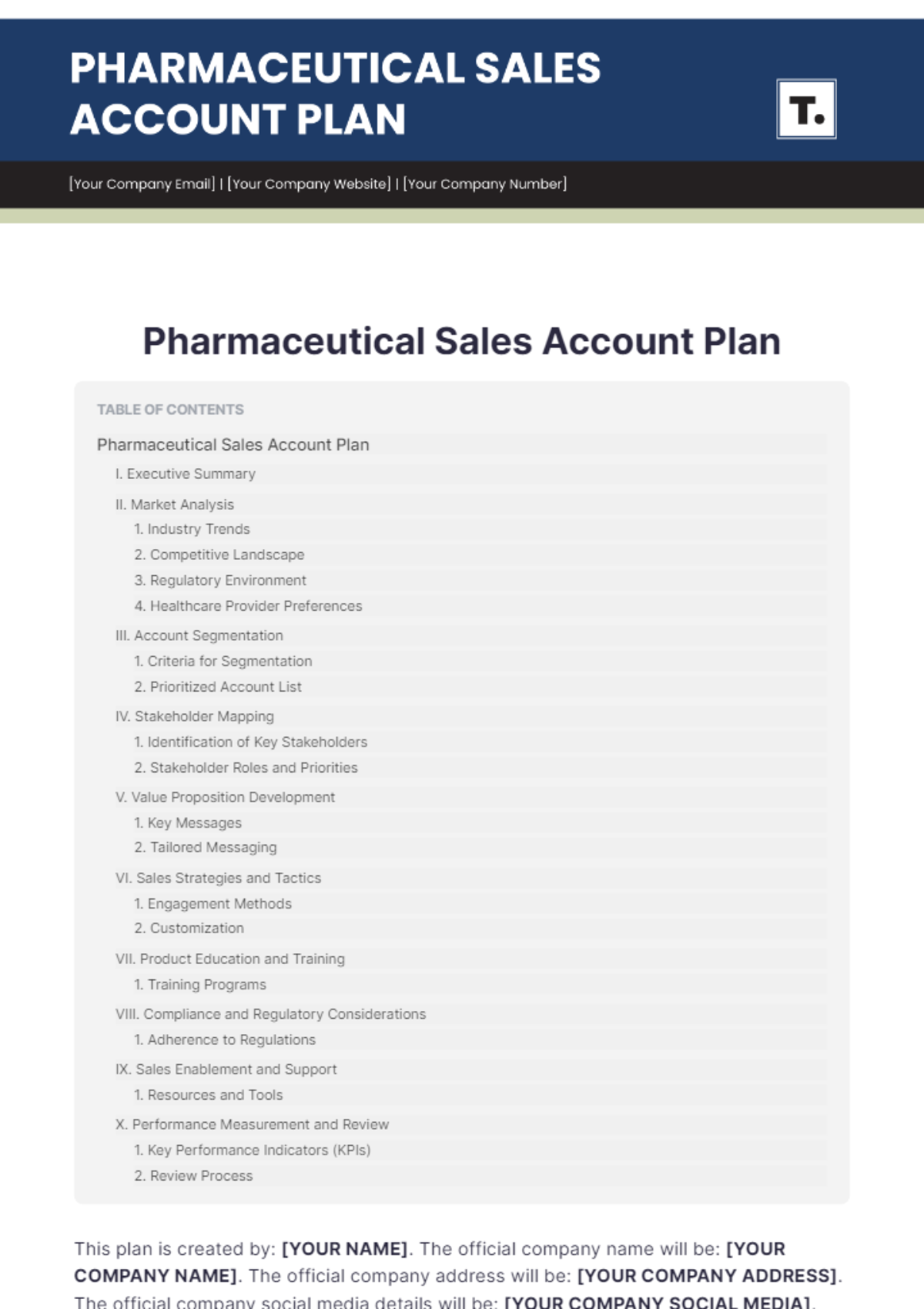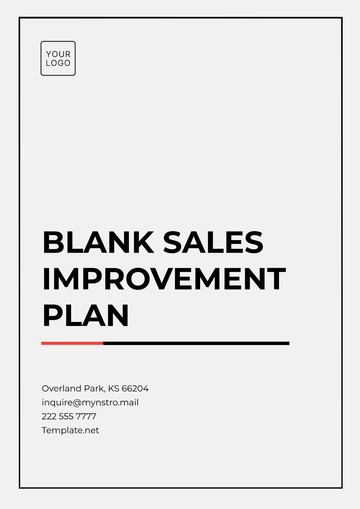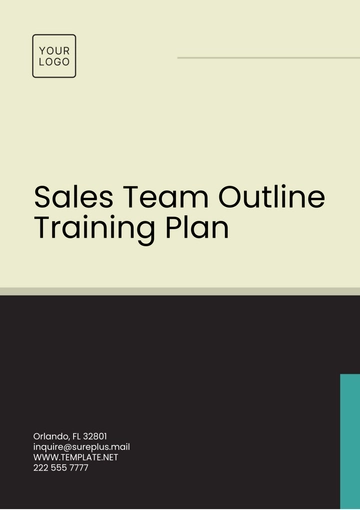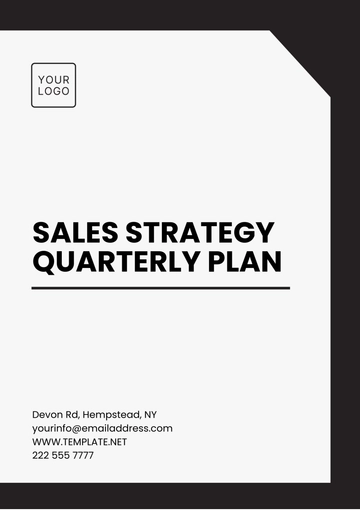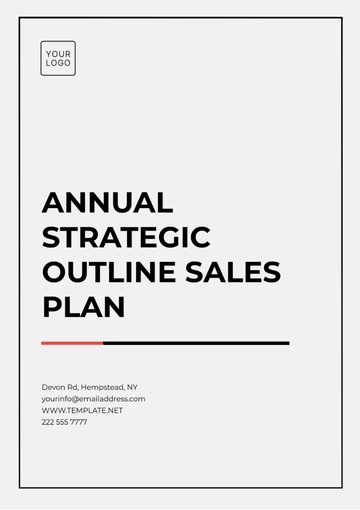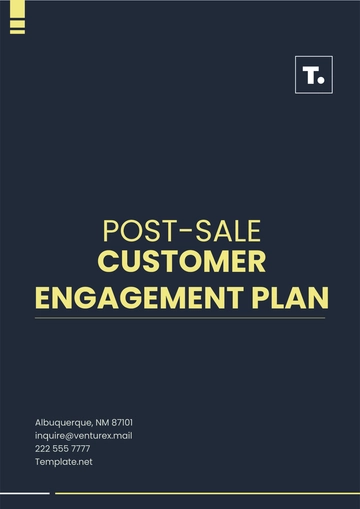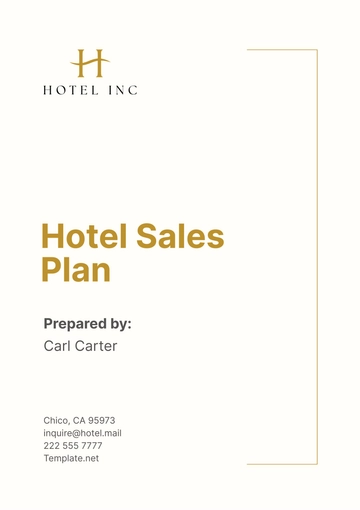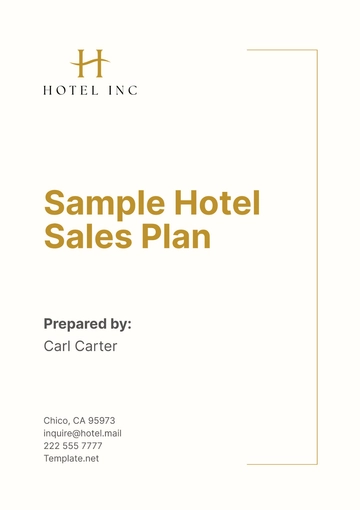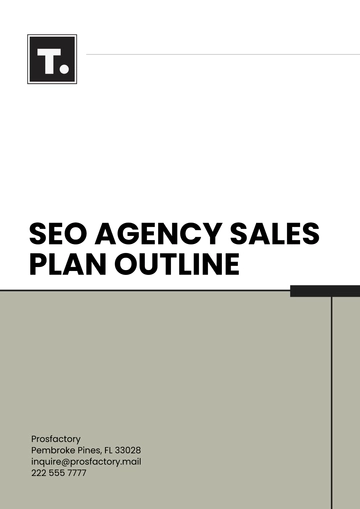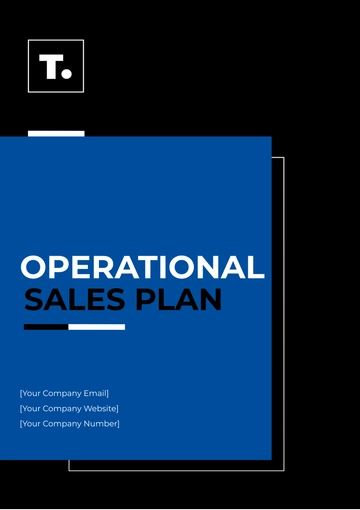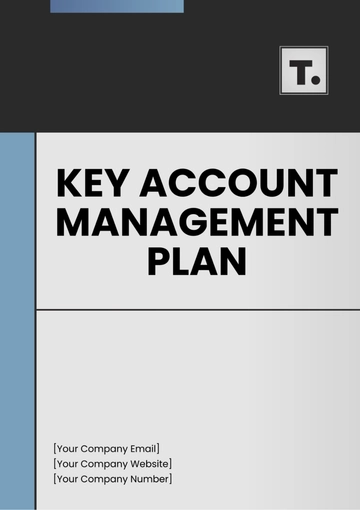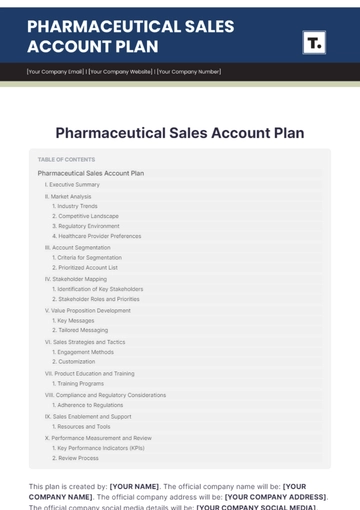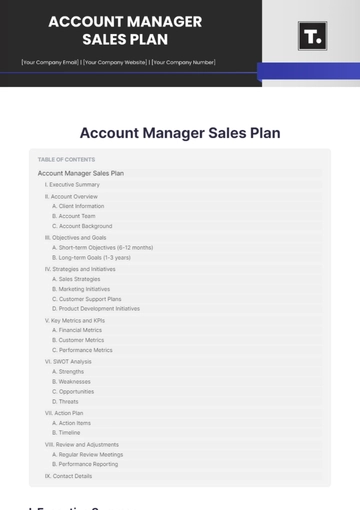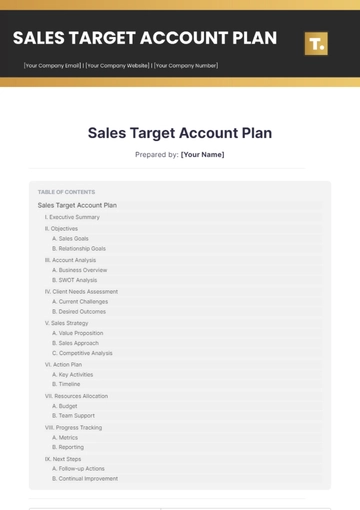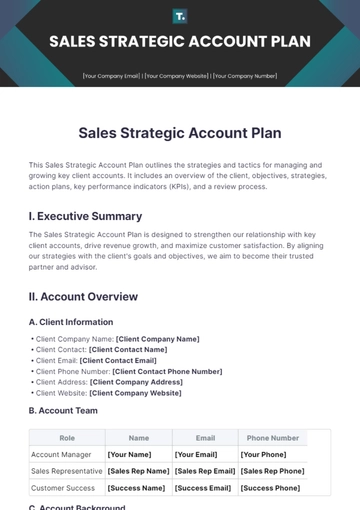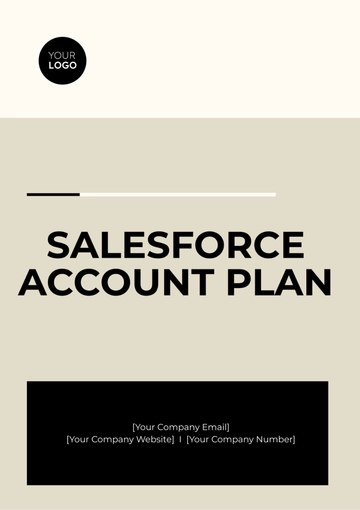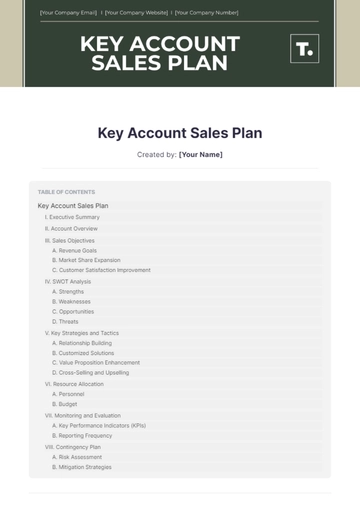Pharmaceutical Sales Account Plan
This plan is created by: [YOUR NAME]. The official company name will be: [YOUR COMPANY NAME]. The official company address will be: [YOUR COMPANY ADDRESS]. The official company social media details will be: [YOUR COMPANY SOCIAL MEDIA].
I. Executive Summary
[Your Company Name] is focused on enhancing the pharmaceutical sales process through a detailed and dynamic account plan that targets healthcare providers, pharmacies, hospitals, and other stakeholders in the industry. This plan outlines our strategic approach to market analysis, account segmentation, and stakeholder engagement to maximize our market presence and achieve sustainable growth.
II. Market Analysis
1. Industry Trends
Overview of current pharmaceutical industry trends.
Key therapies gaining prevalence.
Technological advances impacting the sector.
2. Competitive Landscape
Major competitors and their market position.
Strengths and weaknesses of key competitors.
Benchmarking [Your Company Name] against competitor activities.
3. Regulatory Environment
4. Healthcare Provider Preferences
Preferred communication channels.
Primary concerns of healthcare providers.
Factors influencing prescribing behavior.
III. Account Segmentation
Segmenting target accounts is critical to effectively allocate resources and tailor marketing efforts.
1. Criteria for Segmentation
Account size and growth potential.
Geographic location and market reach.
Therapeutic focus areas.
Relationship history and engagement level.
2. Prioritized Account List
[Account Name 1]
[Account Name 2]
IV. Stakeholder Mapping
1. Identification of Key Stakeholders
Physicians
Pharmacists
Hospital Administrators
Formulary Committees
Payer Organizations
2. Stakeholder Roles and Priorities
Stakeholder | Role | Priorities | Communication Preferences |
|---|
Physicians | Prescriber | Patient outcomes, clinical data | In-person meetings, medical journals |
Pharmacists | Medication Dispenser | Safety, efficacy, cost | Webinars, email updates |
V. Value Proposition Development
1. Key Messages
Clinical efficacy and safety profile.
Cost-effectiveness and reimbursement support.
Patient benefits and outcomes.
2. Tailored Messaging
Craft messages that resonate with each target account and stakeholder group, aligning with their specific needs and priorities.
VI. Sales Strategies and Tactics
1. Engagement Methods
In-person detailing.
Virtual meetings and consultations.
Educational seminars and workshops.
Peer-to-peer discussions.
Sponsored events and conferences.
2. Customization
Customize engagement tactics based on account segmentation and stakeholder preferences.
VII. Product Education and Training
1. Training Programs
Comprehensive product training for sales representatives.
Continuous education on new developments and trends.
Role-playing and scenario analysis for real-world application.
VIII. Compliance and Regulatory Considerations
1. Adherence to Regulations
Ensure compliance with industry standards and regulations.
Maintain ethical and transparent sales practices.
Focus on patient safety and privacy.
IX. Sales Enablement and Support
1. Resources and Tools
Sales collateral and promotional materials.
Product samples and clinical data.
Reimbursement support.
Access to medical experts and scientific resources.
X. Performance Measurement and Review
1. Key Performance Indicators (KPIs)
Sales revenue and growth rates.
Prescription volume and market share.
Customer satisfaction and feedback.
Return on Investment (ROI).
2. Review Process
Regular performance reviews and assessments.
Identification of areas for improvement.
Adjustments to the sales plan based on performance data.
Plan Templates @ Template.net
